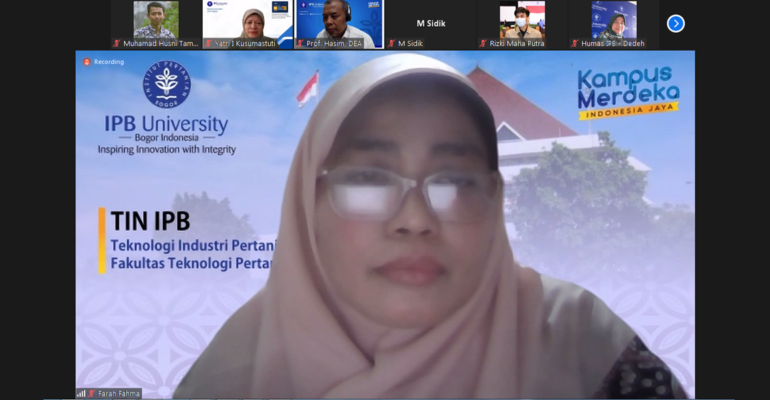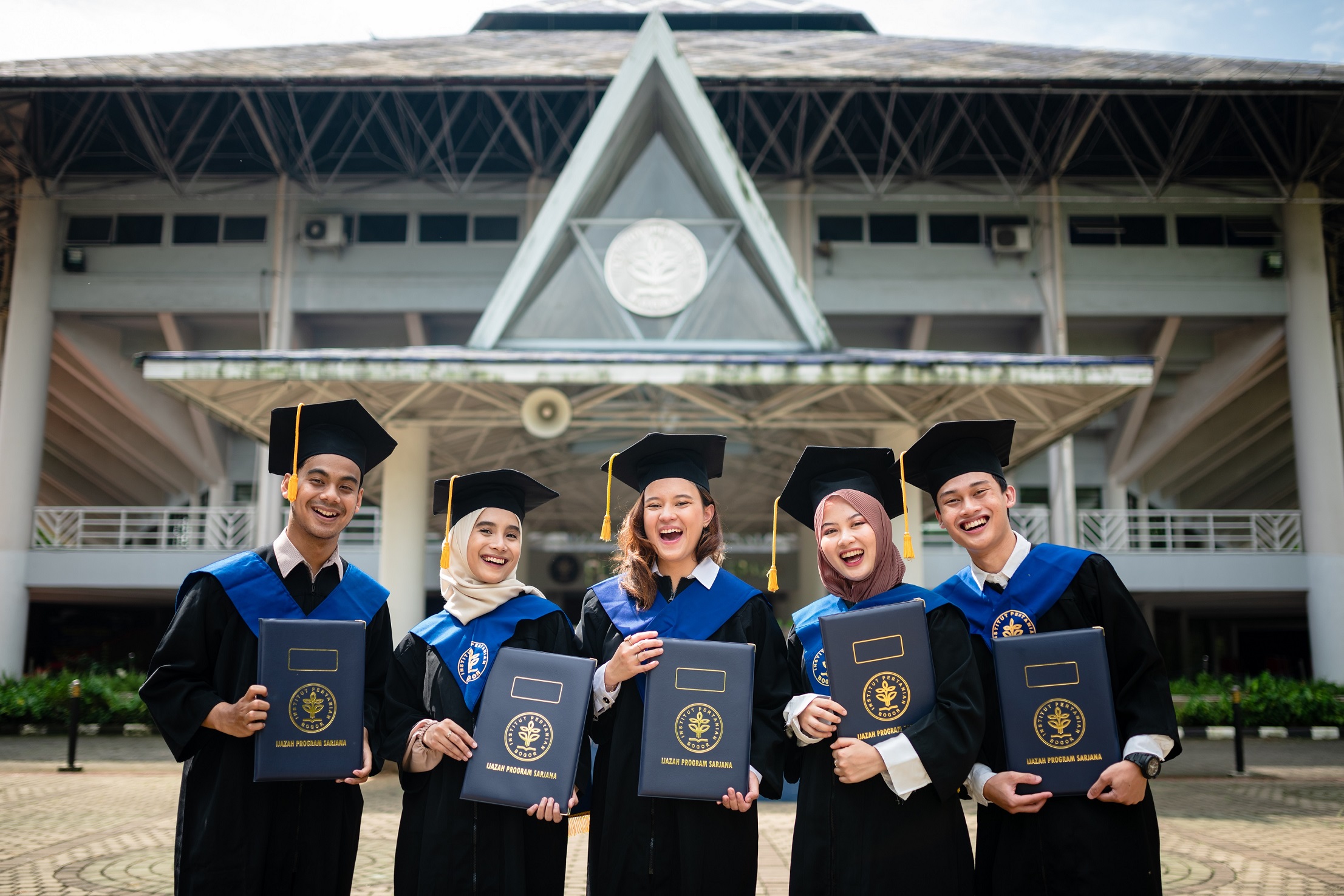Prof Farah Fahma: Development of Cellulose and Nanocellulose-Based Materials Supports Sustainable Agroindustry

IPB University industrial technology expert Prof Farah Fahma said the development of cellulose and nanocellulose-based materials has great potential in supporting sustainable agro-industry. The utilisation of natural materials can undoubtedly develop a more environmentally friendly agro-industry.
Cotton, for example, is a cellulose-based material widely used as raw material for textile manufacturing. Currently, Indonesia’s textile industry relies on imported cotton and in recent years has faced cotton shortages.
“This is a challenge in itself how we explore non-cotton raw materials to be used as textile raw materials. That is actually very possible. We have hemp, kenaf and those can be explored as cotton substitutes for raw materials for our textile industry. However, the process of extracting and processing the fibre is still a challenge,” she said in an online press conference of the Pre Scientific Oration of Professor of IPB University (19/10).
Prof Farah explained, besides textiles, the pulp and paper industry has also used cellulose-based products sourced from wood. However, with the limited availability of wood materials, the application of cellulose in the industry can switch to non-wood natural fibre sources such as sago pulp, bamboo and water hyacinth. In fact, she said that paper sourced from non-wood natural fibres has the best liner paper performance.
As for nanocellulose, she continued, it can be applied in industrial product packaging. In active packaging systems, the addition of antimicrobials and antioxidants in the composite matrix aims to extend the shelf life of products that are susceptible to spoilage by microbes and oxidation processes.
“Nanocellulose can act as an essential oil release controller. The cassette packaging containing silica-alginate-nanocellulose composite granules continuously releases cinnamon essential oil for up to six days and effectively inhibits pathogenic microbes,” she explained.
She also said, “We and the team have successfully made thermoplastic starch-polyvinyl alcohol nanocomposite films reinforced with nanocellulose from oil palm empty fruit bunches (TKKS). The test red chillies packed in the thermoplastic-polyvinyl alcohol starch film were able to maintain freshness for up to 12 days at room temperature.”
The IPB University lecturer at the Department of Agricultural Industrial Technology (TIN), Fateta also said that cellulose and its derivatives can be applied in the biomedical and agricultural fields. In the biomedical field, the application of cellulose and its derivatives is increasingly in demand because it is biocompatible, has low toxicity, is able to control drug release, has a large surface area, has the ability to mimic the extracellular matrix and is easily modified.
“In agriculture, cellulose can be applied as a fertiliser release controller. Controlled-release fertiliser is an environmentally friendly solution, increasing efficiency and impacting sustainable agriculture. In this regard, cellulose and nanocellulose are favourable natural matrices for controlling nutrient release kinetics. The high hydrophilicity of cellulose helps maintain soil moisture for plant growth,” she explained.
According to Prof Farah, the future challenges of cellulose and nanocellulose processing technology will intersect with green chemistry as an effort to reduce the use of hazardous substances. In the future, additive manufacturing technology will develop rapidly to produce products based on cellulose and nanocellulose. This approach aims to support sustainable agro-industry. (MHT/Rz) (IAAS/RUM)



